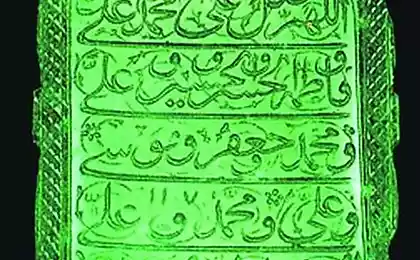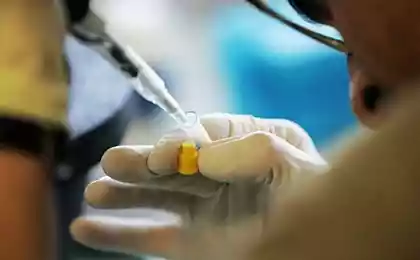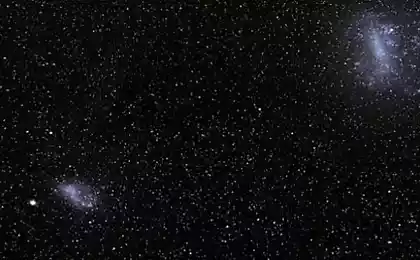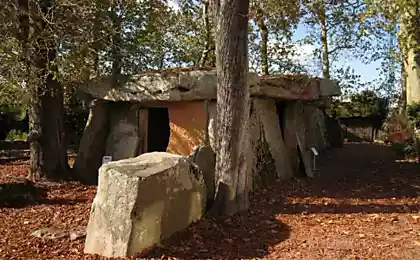963
Most found the oldest bacteria, the existence of which it is known to scientists.
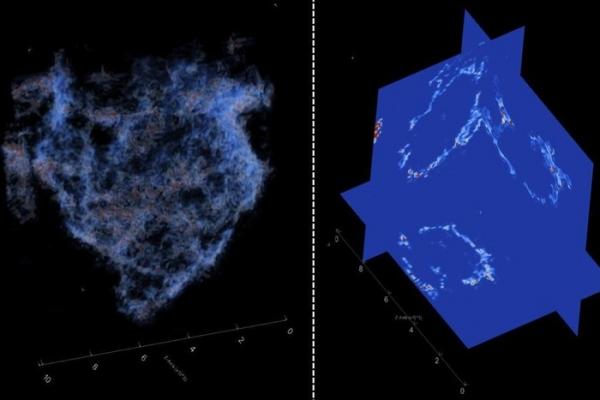
A few years ago in a remote area of Western Australia called Strelley Poole scientists from the local university conducted work on soil sampling. Strelley-pool is the oldest known former shorelines, so it is for science is very attractive place, because here you can discover and explore the most ancient sedimentary rocks.
Taking samples of sandstone, Australian scientists have discovered the remains of microorganisms in them. With the assistance of the work of experts from Oxford, they found that the organism is a bacterium that lived on Earth 3 to 4 billion years ago. The results published in the journal Nature Geoscience.
At the moment it is the most ancient bacteria, the existence of which it is known to scientists.
"Now we have good solid evidence for the existence of life for 3, 4 billion years ago. At that time it had the bacteria living without oxygen, "- said one of the authors Martin Breyzer from Oxford University.
3, 4 billion years ago, Earth has existed a little more than one billion years. It was not the best place for life: the planet's surface had a high temperature, due to constant volcanic eruptions and a dense cloud layer that covers the Earth. The water temperature was very hot in the bath - not less than 40-50 degrees Celsius. No plants or algae, that were able to produce photosynthesis and release oxygen, was not yet.
Accordingly, microorganisms living in a time not able to use this chemical element in their metabolism.
Scientists found the bacteria used to produce energy sulfur compounds, as evidenced by the large amount of pyrite (FeS2), which is surrounded by the fossils were found.
However, these bacteria exist in our days. "Such sulfur bacteria are fetid canals, soil, hot springs, and located on the ocean floor hydrothermal vents - that is, in any place where there is a small amount of free oxygen and lack of organic matter" - explained Professor Breyzer.
The fact that these fossils belong to bacteria it confirms three independent fact that it was established by using the latest research techniques of microscopic deposits, which allowed them to construct a three-dimensional model. The first fact, mentioned above - this environment of sulfur compounds, namely pyrite, in which the fossils were found. The second fact is that the found cell structures are very similar to those that leave behind bacteria that existed much later ("only" 2 billion years ago). Finally, these fossils were combined in groups, indicating that the biological nature of these entities.
"Now we compare in detail the bacterium with other known microscopic fossils. We are optimistic about the fact that in the future find other ancient organisms "- said Breyzer.
This work is another interesting aspect. If we assume that life in the solar system is not only in the world, it is almost certain (in the absence of oxygen) it will look like sulfur bacteria, similar to those found in the Strelley Poole.
"Can this type of organisms exist on Mars? - Asks Professor Breyzer and then answers it. - While this is just speculation. If something like that is found, before talking about the discovery of life on Mars will need to conduct the same thorough research - the restoration of the detailed three-dimensional structure of deposits - as in our present case. "
American scientists have estimated the amount of radioactive emissions from Fukushima
Location vertebrate jaw




